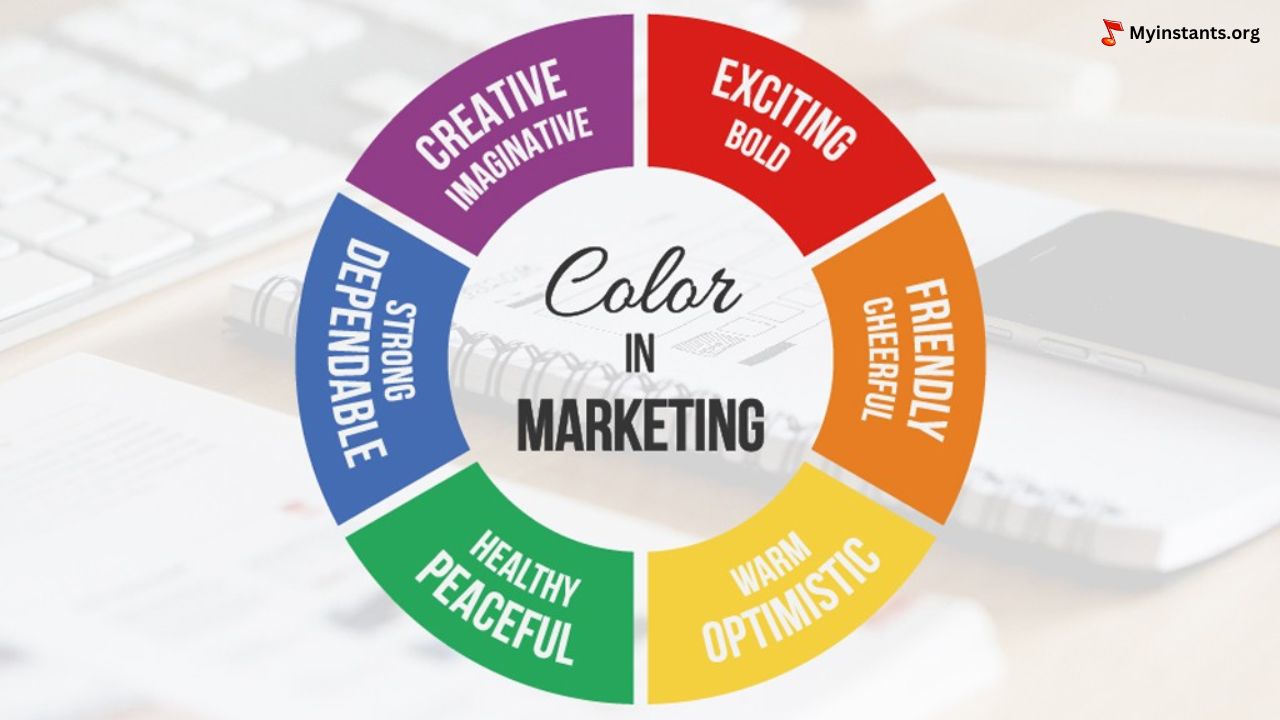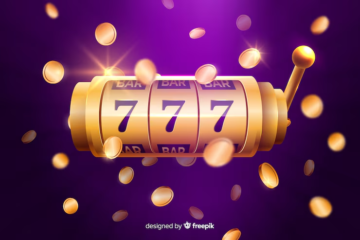You’re here because you think Instagram meme pages are a cultural language, a fast-moving river of humor, commentary, and anarchic brilliance. You’re right. But making successful memes? Not lucky. That’s craft.
Have you ever glanced at a current meme format with a blank screen and wondered, “How do I make this mine?” Join the group. Every experienced meme page admin started there. You may go from reposting to running the feed by understanding your audience, timing, and tone.
Let’s learn how to make the ultimate Instagram meme that gets liked, screenshotted, shared, and possibly stolen.
Understanding Meme Culture: It’s Not Just About the Laughs
Let’s get one thing straight: meme culture is layered. It’s humor, sure but it’s also identity, protest, irony, and occasionally absurdist philosophy wrapped in Impact font. If you don’t respect the depth, you’ll miss the mark.
You’ve got tiers to this:
- Surface-level memes (e.g., relatable work struggles)
- Niche memes (you had to be online in 2013 to get it)
- Meta memes (memes mocking the structure of memes)
- Dank memes (chaotic good)
Being fluent in meme culture means knowing what kind of joke works for what crowd. You’re not just making content, you’re contributing to a language. Bad memes break the flow. Great memes feel inevitable.
Know Your Audience (And Speak Their Language)
Instagram isn’t Reddit, and it’s definitely not Twitter. The average Instagram meme scroller is fast, visual-first, and probably following a dozen meme pages already. You have maybe two seconds max to make them stop and look.
So who are you trying to hit?
- Gen Z chaos-lovers?
- Millennials riding the nostalgia wave?
- Niche fandoms?
- IRL friends turned meme addicts?
Knowing your lane is half the battle. It changes everything from font choice to reference depth to how you caption a post. One size never fits all in meme-land.
Also see: Discovering Effective AVIF To PDF Conversion Tools
The Anatomy of a Perfect Meme
Let’s break this down like a biology lesson except fun.
1. The Image (or Format)
This is your meme’s body. Whether it’s a still from SpongeBob or a grainy stock photo from the early 2000s, the image does the heavy lifting. Make it recognizable, or at least arresting.
2. The Text
This is the brain. Text overlays need to be short, sharp, and punchy. If you’re writing a paragraph, you’ve already lost them.
3. The Caption
This is my personality. Your caption isn’t just an afterthought, it’s where your meme page’s voice lives. Use it to riff, explain, or go deeper (if you must).
4. Timing
Even a perfect meme dies in the wrong time slot. More on that soon.
Great memes are balanced. Too niche and nobody gets it. Too broad and nobody cares. You want that sweet spot where your followers feel like you reached into their brain and memed their exact thoughts.
Finding the Right Image (And When to Use a Template)
You don’t always have to reinvent the meme wheel. Templates exist for a reason they’re tested, familiar, and can carry a lot of context without extra explanation. But here’s the catch: if everyone’s using the same template, yours better be the best version or at least the most absurd twist on it.
On the flip side, using a raw or unexpected image can work just as well, sometimes even better. Ever seen a blurry pic of someone’s dad in a lawn chair get 200k likes? Exactly. There’s an art to picking something low-fi that hits just right.
Trust your gut. If the image makes you laugh before you’ve added text, that’s a good sign.
Writing the Caption: Timing, Tone, and Touché
Captions are your secret weapon. Don’t waste them. They give you room to explain, enhance, or completely derail the meme’s direction in a good way.
Keep it:
- Short (unless longform adds to the joke)
- Aligned with your page’s tone (deadpan? chaotic? insightful?)
- Timed jokes that reference something from 72 hours ago may already be stale
Sometimes, the caption is what makes people tag a friend. That’s the real engagement driver. Not likes. Not shares. Tagging means “this is us,” and that’s gold.
Also see: LK21: Popular film streaming platforms in Indonesia
Timing Is Everything: When and How Often to Post
You could post the Mona Lisa of memes and still flop if you drop it at 3 a.m. on a Tuesday. Instagram has rhythms. Learn them.
In general:
- Evenings (6 – 9 p.m. local time) = strong engagement
- Weekends = mixed bag, but often prime meme hours
- Mondays = high scrolling, low interaction
- Consistency > Frequency
You don’t need to post 5 times a day. You need to post when your audience is awake, active, and likely to laugh.
Staying Original in a Sea of Reposts
Let’s be honest: meme culture is a remix game. But reposting without remixing? That’s lazy.
The trick is making something feel yours, even if it’s based on a viral format. Add your tone, your context, your twist. Don’t just be a content parrot, be a meme chef. Take the ingredients and cook.
Screenshots of tweets, ironic Canva graphics, TikTok stills turned into carousel slides, this is the language now. Use it creatively, not just because it’s trending.
The Role of Engagement: Comments, Shares, Saves
A meme that makes someone laugh is great. A meme that makes someone comment, tag, or save? That’s powerful.
Here’s how to trigger engagement without begging:
- End a caption with an open-ended joke
- Post “choose your fighter” formats that invite opinion
- Use subtle callouts that get people to say “this is literally me”
- Don’t ask for likes. Earn them with relevance
Instagram’s algorithm loves saves and shares. They signal value. Make memes people need to come back to.
Tools to Help You Out (Without Sounding Like a Bot)
Nobody’s out here expecting you to manually post at the same time every day while also editing images and writing captions on the fly.
There are tools free ones, even that can help with:
- Caption generation (when you’re blanking)
- Hashtag suggestions (to boost reach without spamming)
- Quick text stylizing or username brainstorming
- Spot-checking your profile analytics or fake follower counts
Sites like grum.co offer simple, great tools. Nothing fancy, but handy when you’re knee-deep in content creation and just need something to do one job well. It’s the kind of place you might pull a caption from or test out a username idea when your brain is fried. Not a platform, not a service, just small pieces that help you keep your meme game sharp.
Use these tools like seasoning. Don’t rely on them entirely, but don’t ignore them either. They exist to make your process smoother, not robotic.
Testing, Failing, Learning, Repeating
Some memes will flop. Some will fly. You won’t always know why.
The trick? Keep posting. Try new formats. Observe what your audience reacts to. Did a caption land better than the meme itself? Did a niche reference outperform your broader stuff?
Screenshot your analytics. Track what works. And above all don’t get precious. Memes are meant to move fast. The only real failure is disappearing after one bad post.
Using Trends Without Looking Thirsty
There’s trending, and then there’s trying too hard.
Jumping on a trend can work if you do it early and with your own flavor. If you’re just echoing what 50 other pages already posted, you’re not standing out, you’re just noise.
Avoid:
- Copy/pasting memes with no edits
- Over Explaining the joke
- Leaning on trends when you have nothing to add
Instead:
- Remix early
- Combine trends
- Bring your niche voice to the party
Trend wisely. Your audience can smell desperation.
Common Mistakes Meme Pages Make
Let’s get brutally honest.
Top mistakes we’ve all seen:
- Posting low-res, unreadable images
- Overusing “relatable” as a crutch
- Over-explaining every joke in the caption
- Ignoring audience comments or DMs
- Posting too much (or not enough)
Being a meme page admin isn’t just throwing up content. It’s building a vibe, a language, a weird little world people want to visit daily.
From Meme to Moment:
Some of the biggest meme pages have a tone, a structure, a type of humor that keeps people coming back. You don’t need a logo or merch. You need consistency in voice.
Whether you’re posting chaotic screenshots, subtle satire, or high-effort infographics disguised as jokes make it recognizable. Over time, your followers will know when a post is yours before they even see your name.
That’s when you’ve crossed from meme maker to meme moment.
Final Thoughts:
If there’s one takeaway, it’s this: meme audiences are sharp. They know when something’s forced, fake, or trying too hard.
The perfect meme isn’t the most polished. It’s the one that hits at the right time, in the right voice, and makes someone think, “Yup. That’s it.”
So stay weird. Stay sharp. And whatever you do, don’t fake the funny.
For more such interesting content, keep reading Myinstants Blog.



